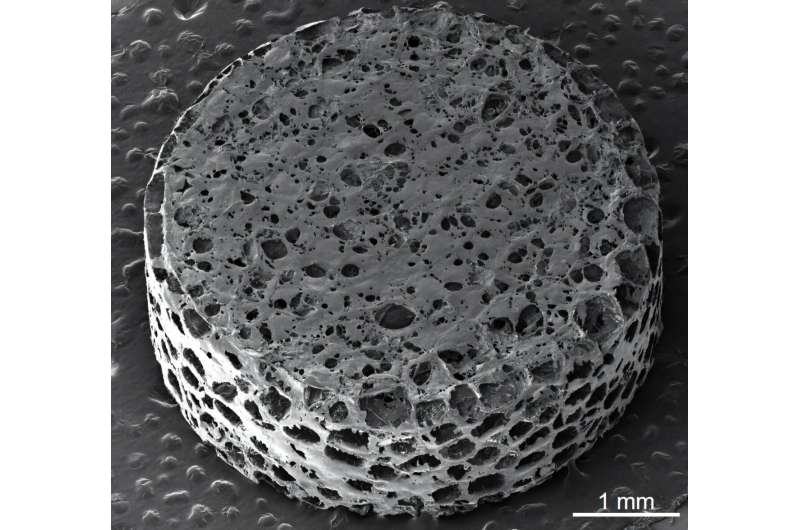When administered early, the nanoparticle-based treatment prevented mice from developing symptoms such as paralysis. When given after the first symptoms emerged, it reduced symptom scores by half compared to untreated mice.
On average, primary progressive multiple sclerosis causes severe disability within 13 years—including balance issues, difficulty walking and vision problems—but this can also happen within two years. Researchers know that immune cells attack the myelin sheath around nerves—a bit like the insulation around an electrical wire—but it’s hard to discover the details of how that is happening. Because the attacks occur in the brain and spinal cord, it’s not possible to take biopsies from living patients.

